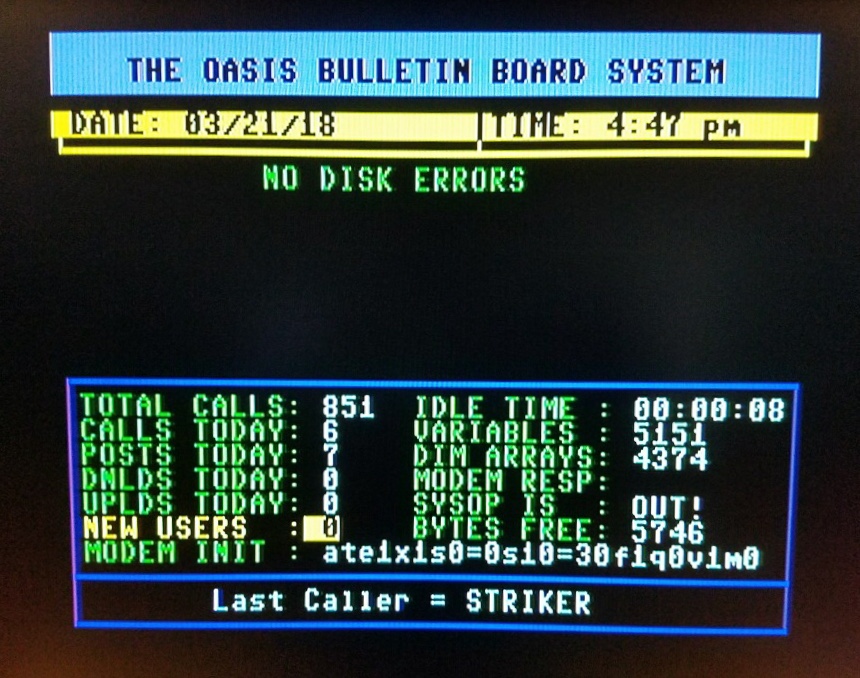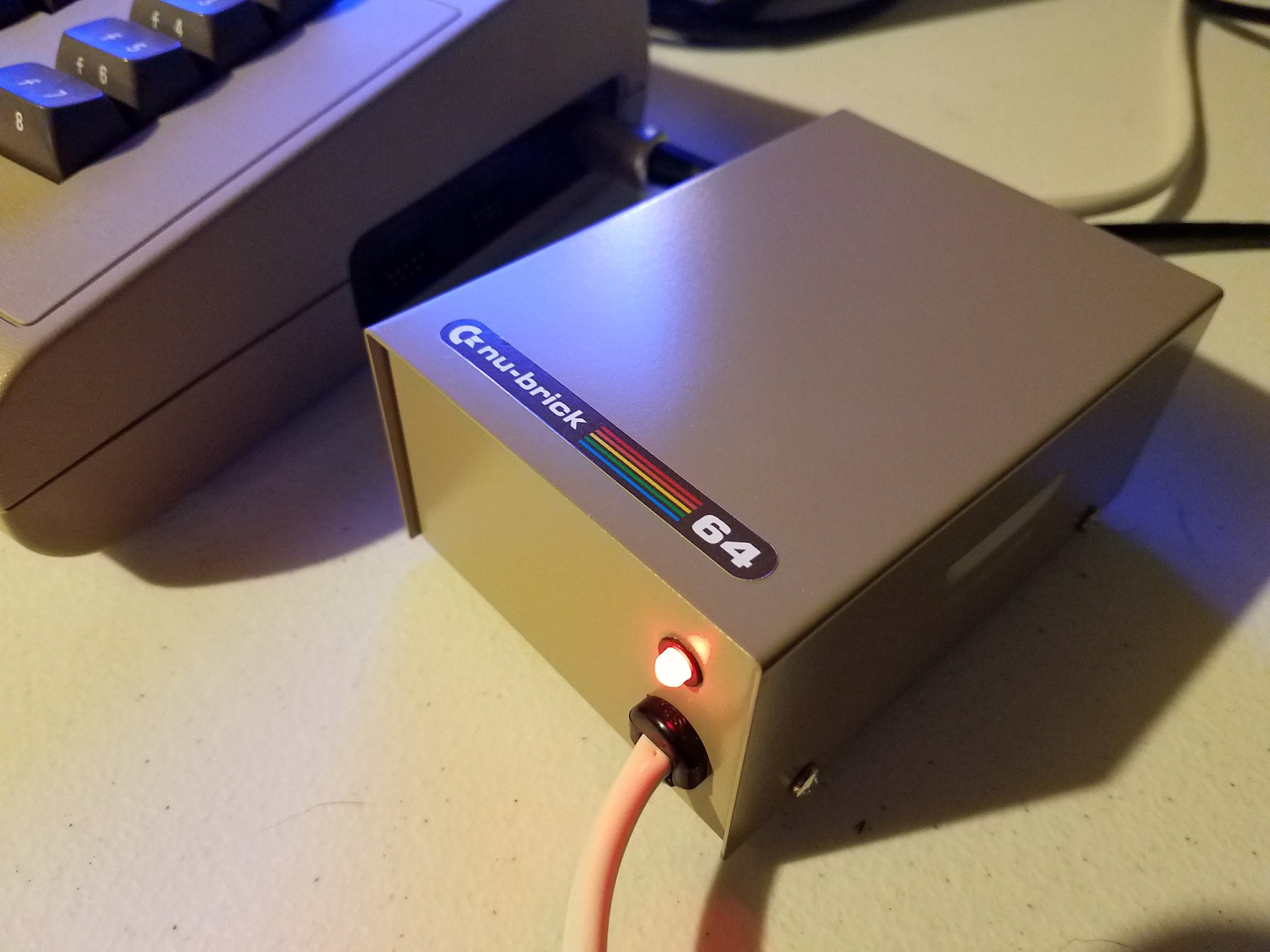When faced with a stubborn C64 black screen, many users instinctively blame the usual culprits. In a new video from Triple Freedom, we follow a layered repair process that goes beyond the obvious.
First Guess: The PLA
The PLA chip is the usual suspect, and it’s the first to be tested. But in this case, it checks out. So, attention shifts to the VIC-II graphics chip. Using an oscilloscope, the team probes for a CPU clock signal—only to find it missing entirely.
Broken VIC-II and Garbled Output
The VIC-II is then tested directly. Turns out, it’s completely dead. A quick chip swap restores some life to the screen, but now the display is filled with strange artifacts—definitely not what you’d expect from a healthy C64.
Faulty RAM at U27
Visual garbage on the screen usually points to bad memory. The repair team investigates the U27 RAM chip and confirms it’s faulty. Once replaced, the C64 finally returns to full working order.
A Multi-Layered Diagnosis
Fixing a C64 black screen isn’t always straightforward. As this repair shows, you sometimes need to check beyond the basics. Between oscilloscope testing and clever chip swaps, this restoration is both thorough and satisfying.







